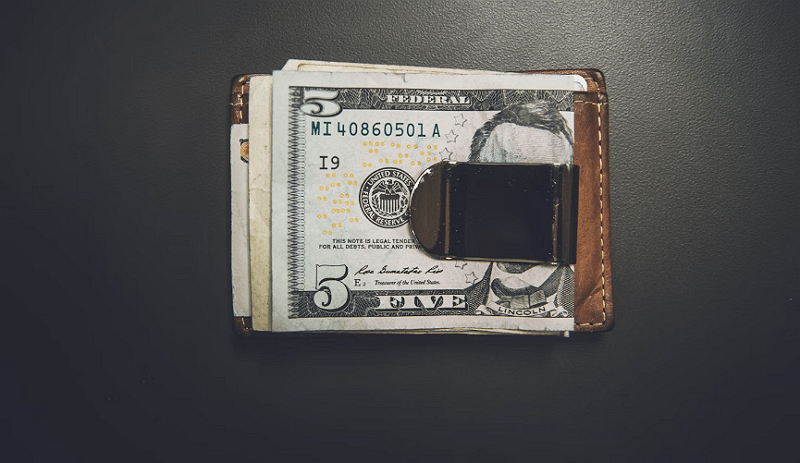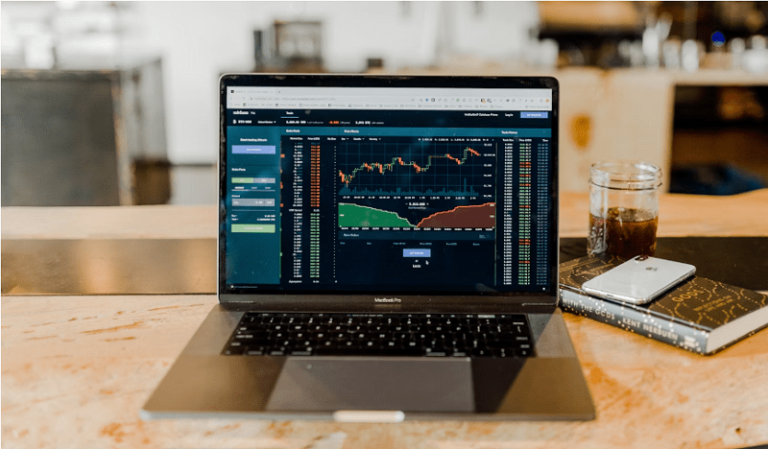
How to Build a Robust Emergency Fund
Building a robust emergency fund is crucial for maintaining financial stability and ensuring you’re prepared for unexpected expenses. By setting aside a significant amount of money in a readily accessible savings account, you can avoid going into debt and protect your wealth. Here are 10 practical tips to help you build a robust emergency fund and improve your wealth-building capabilities:
1. Set a Goal Amount
Determine how much you need in your emergency fund. Aim for three to six months’ worth of living expenses, depending on your income and expenses. This amount should cover your essential costs, such as rent, utilities, and food.
2. Prioritize Savings
Treat your emergency fund as a non-negotiable expense. Set up automatic transfers from your checking account to your savings account to ensure you’re consistently saving.
3. Cut Unnecessary Expenses
Identify areas where you can cut back on discretionary spending. This could include canceling subscription services, reducing entertainment expenses, or cooking at home instead of eating out.
4. Increase Income
Explore ways to increase your income, such as taking on a side hustle, negotiating a raise, or finding additional freelance work. This extra income can be directed towards your emergency fund.
5. Avoid Debt
Avoid taking on new debt, especially high-interest debt like credit card balances. Focus on paying off existing debt and avoid adding to it.
6. Use Tax-Advantaged Accounts
Consider using tax-advantaged accounts like 401(k)s or IRAs to save for retirement. These accounts can also be used to build your emergency fund, as the money grows tax-deferred.
7. Automate Savings
Set up automatic transfers from your checking account to your savings account. This ensures that you’re consistently saving and reduces the risk of forgetting to save.
8. Monitor and Adjust
Regularly review your emergency fund and adjust your savings strategy as needed. If your expenses change, you may need to adjust your savings goal accordingly.
9. Consider a High-Yield Savings Account
Invest your emergency fund in a high-yield savings account to earn more interest on your savings. This can help your fund grow faster and provide a higher return on your investment.
10. Seek Professional Guidance
If you’re unsure about how to build an emergency fund or need help creating a comprehensive financial plan, consider consulting a financial advisor. They can provide personalized guidance and help you achieve your financial goals.
Additional Tips for Building a Robust Emergency Fund
1. Use a Budgeting App
Utilize budgeting apps to track your expenses and monitor your spending. This can help you identify areas where you can cut back and allocate more towards your emergency fund.
2. Avoid Using Credit Cards
Avoid using credit cards to fund your emergency fund. Credit card debt can be costly and lead to financial stress. Instead, focus on saving from your income.
3. Invest in a CD or Money Market Account
Consider investing in a Certificate of Deposit (CD) or a money market account to earn a higher interest rate on your emergency fund. These accounts offer a fixed rate of return and are FDIC-insured.
4. Create a Contingency Plan
Develop a contingency plan for unexpected expenses. This could include having a backup plan for your car or home repairs, or having a savings account specifically for unexpected medical expenses.
5. Educate Yourself on Financial Planning
Continuously educate yourself on financial planning and budgeting. Read books, attend workshops, and stay up-to-date on financial news to improve your financial literacy and make informed decisions.
By following these 10 tips and additional strategies, you can build a robust emergency fund that provides financial security and peace of mind. Remember, building an emergency fund is a crucial step towards achieving long-term financial stability and wealth.




